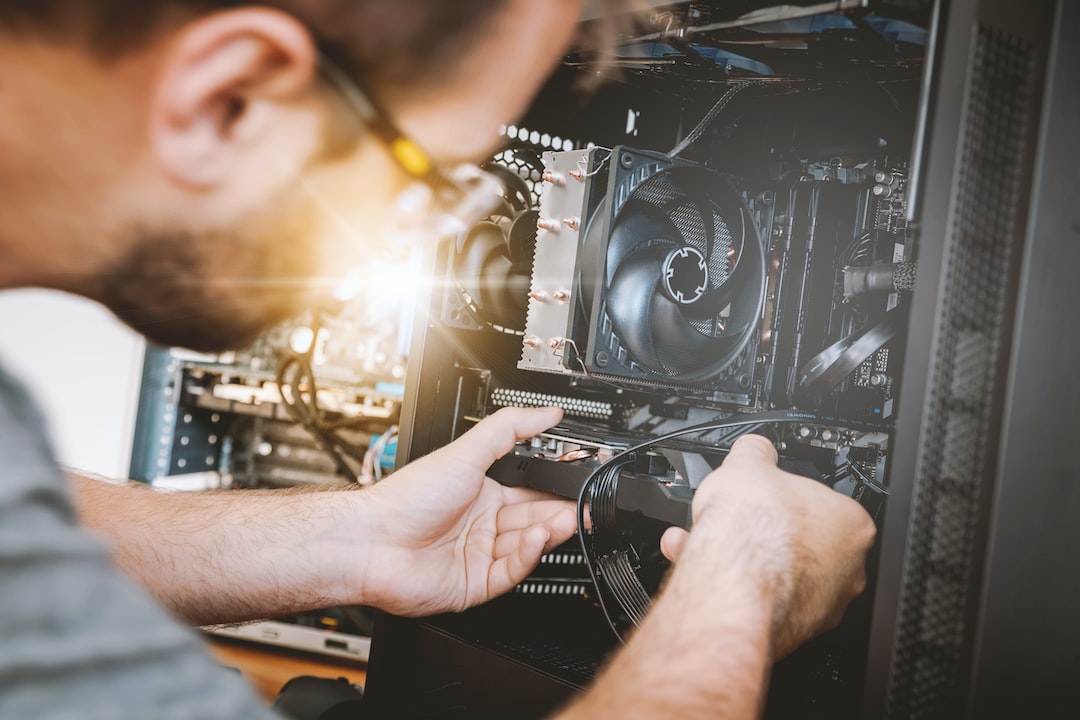In recent years, robotics has emerged as a game-changer in the field of manufacturing. With advancements in technology, robotics has transformed the way products are made, increasing efficiency and productivity. This blog post will delve into the role of robotics in modern manufacturing and explore the benefits it brings to the industry.
One of the primary advantages of using robotics in manufacturing is increased productivity. Robots can work tirelessly, 24/7, without the need for breaks or rest. They can perform repetitive tasks with accuracy and precision, ensuring a consistent output quality. By automating these tasks, manufacturers can significantly reduce production time and increase throughput, leading to higher productivity levels.
Moreover, robotics enhances workplace safety by removing humans from hazardous or dangerous environments. Robots can handle hazardous materials, work at extreme temperatures, and perform tasks that could potentially harm humans. This not only minimizes the risk of accidents but also leads to a more secure work environment for employees.
Robots also help in reducing manufacturing costs. Although initial investments in robotics systems can be significant, the long-term benefits outweigh the expenses. Robots can perform tasks more efficiently, minimizing waste, and optimizing resource utilization. Additionally, once programmed, robots can work with minimal supervision, reducing labor costs. Over time, this leads to substantial cost savings for manufacturers.
Furthermore, robotics offers unparalleled precision and accuracy. The use of robots in manufacturing ensures that products are manufactured consistently, meeting the required specifications. Human error is minimized, resulting in fewer defects and higher product quality. This has a direct impact on customer satisfaction, as they receive reliable and high-quality products.
The role of robotics in modern manufacturing goes beyond repetitive tasks. Advanced robots equipped with sensors and artificial intelligence are capable of working collaboratively with humans. These robots, known as cobots or collaborative robots, can share workload and collaborate with humans on complex tasks. This enhances productivity and efficiency while still harnessing human creativity and problem-solving skills.
Automation through robotics also enables manufacturers to adapt quickly to changing demands and market trends. Robots can be reprogrammed easily, allowing manufacturers to switch production lines or modify products swiftly. This flexibility and agility make manufacturers better equipped to handle fluctuating demands without compromising quality or increasing lead times.
In conclusion, the role of robotics in modern manufacturing is undeniable. From increasing productivity and accuracy to reducing costs and ensuring workplace safety, robotics has revolutionized the industry. With continued advancements in technology, we can expect robotics to play an even more significant role in shaping the future of manufacturing. Embracing this technology will not only lead to increased efficiency but also position manufacturers to stay competitive in an ever-evolving market.


